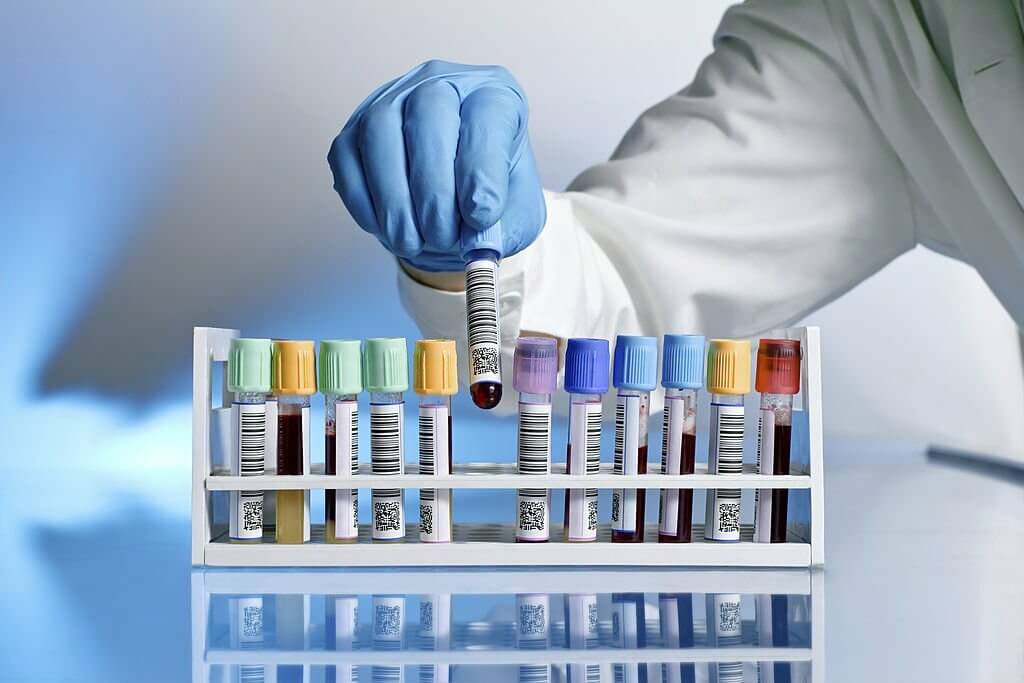News and Blogs
Transport Medium: A Vital Solution for Preserving Specimens

Transport media are essential solutions utilized in microbiology to preserve the viability of microbial specimens during transit to the laboratory for analysis. This article explores what defines transport media, examples of formulations, optimal transport conditions for various sample types, and the critical role they play in obtaining accurate diagnostic results.
At their core, transport media contain buffer solutions with added carbohydrates, peptones, and nutrients. Their purpose is to maintain cell viability without allowing proliferation during transport - they lack the growth factors needed for organisms to multiply. Having a medium tailored to the organisms suspected facilitates isolation and identification of pathogens or commensals. Appropriate transport media vary based on specimen source but share the common goal of stabilizing organisms until laboratory processing.
For instance, Transport Medium Amies and Transport Medium Stuart or similar non-nutritive formulations are routinely used for swab samples from potentially infected wounds or the respiratory, gastrointestinal, or genitourinary tracts. The buffering capacity maintains pH while the carbohydrates and absorption qualities reduce cell stresses. These media cannot support growth but do preserve organisms in a steady state for 24-48 hours to enable detection of slow-growing bacterial species. Transport Medium Amies is also applicable for fungi and some viruses.
Stool specimens harbor their own complex microbial populations, requiring unique non-nutritive formulas like Transport Medium Cary-Blair. It contains a reducing agent, salt compounds and pH buffer that slows multiplication of E. coli and Shigella species while allowing viability of Salmonella, Campylobacter, and V. cholera during transport. For identification of V. cholera specifically, even more specialized Cary-Blair formulations boost survival by including gelatin. The culture yield from stool kept in this medium remains steady for 96 hours under refrigeration, buying precious time for communities with limited laboratory access.
When cell viability is not the goal, cytology samples may use a saline medium or cell culture buffers like RPMI to preserve cellular integrity for microscopic morphological analysis or flow cytometry. Formalin fixation can also retain structure but converts all proteins to a denatured state, obstructing some molecular testing. Finding the right balance is key.
Beyond composition, proper handling during transport is equally vital and varies based on the source material. Bacterial swab samples should reach the laboratory at room temperature within 24 hours; if delays occur, refrigeration prevents overgrowth. Stool requires cold temperatures to reduce multiplication of fecal flora and can persist for days. Genitourinary and cervical specimens are more sensitive, optimally analyzed within hours before dysbiosis or viral inactivation. Strict cold chain maintenance is necessary for viruses, as ambient temperatures rapidly degrade components. Following source-specific guidelines prevents distorting culture results or losing molecular markers.
In plant biology, the transport media also play critical roles. Organic and inorganic materials like sugars, amino acids, hormones, and minerals traverse intricate vascular networks through various mechanisms before utilization. The plant’s survival hinges on this transportation coordinating growth, metabolism, stress response, and signaling across every cell. Phloem and xylem are the highways enabling loading, transport, and offloading at target organs and tissues, relying on specialized ion gradients and carrier proteins in the cell membrane for directionality. Disruptions to any transport processes manifest as disease, underscoring why efficient transit is integral to a plant’s structure and function.
Whether carrying microbiological specimens or plant products, the transit pathways and vehicles selected set the stage for all downstream interpretation. Suboptimal transport leads to distorted results. While the cargo contents differ tremendously, the foundational necessity for a compatible medium to preserve integrity during delivery holds true across biomedical and botanical realms. Identifying ideal buffers, nutrients, temperatures, and holding times ensures high-quality, meaningful specimens for accurate diagnosis of infection in a patient or stress in a plant. There is no compromise when it comes to transport media suitability; the right formulation sustains the precious cell passengers.
Click to View → Mantacc Viral Transport Medium
Related Posts
Why Charcoal is Crucial in Amies Transport Medium for Gonorrhea Detection
Your One-stop Source For Everything Amies Transport Medium
Everything You Need To Know About Cary-Blair Transport Medium
Findings About Dog Antimicrobial Resistance in Growth Medium
A Full Comparison of Inactivated and Non-inactivated VTM






